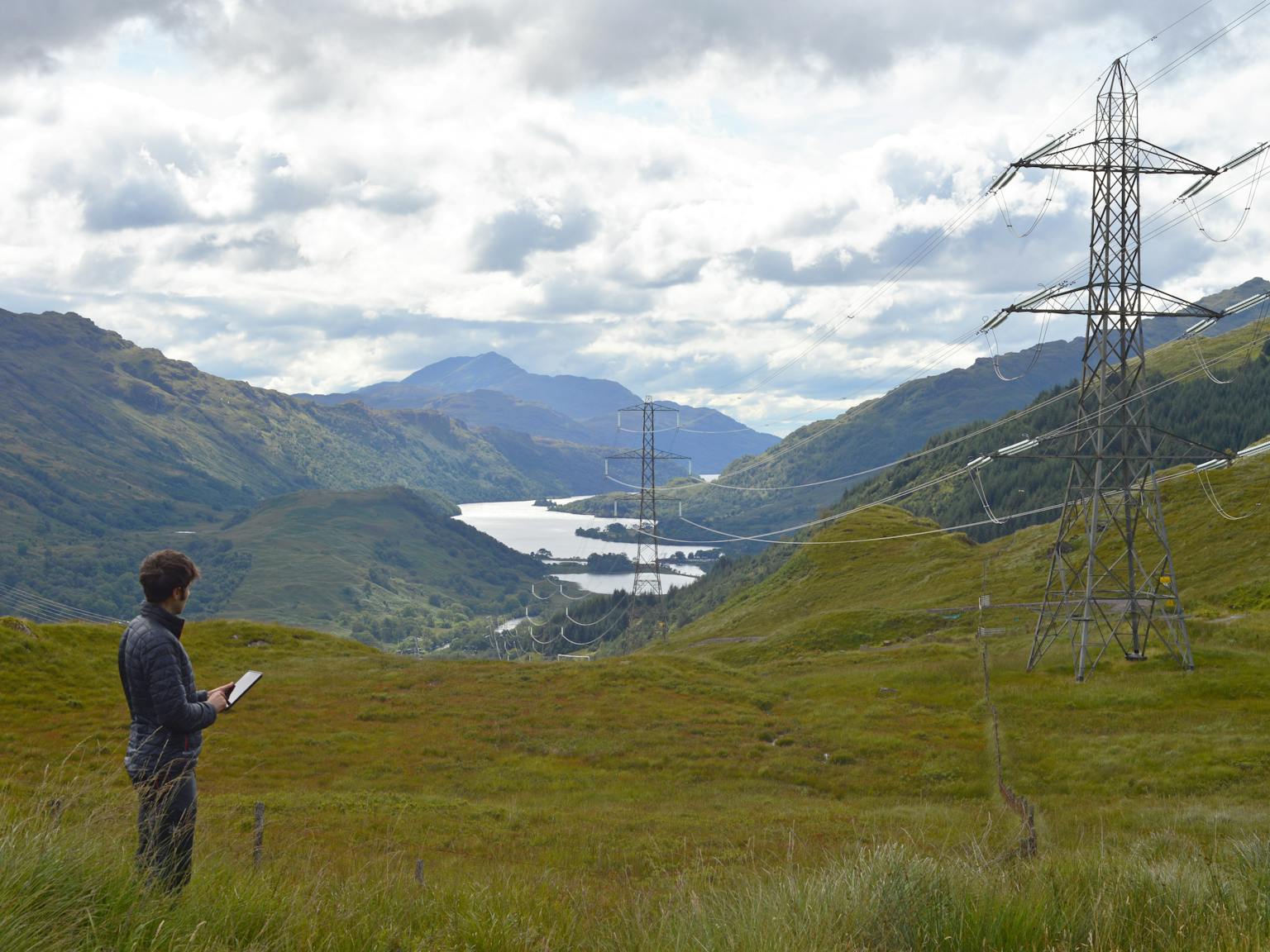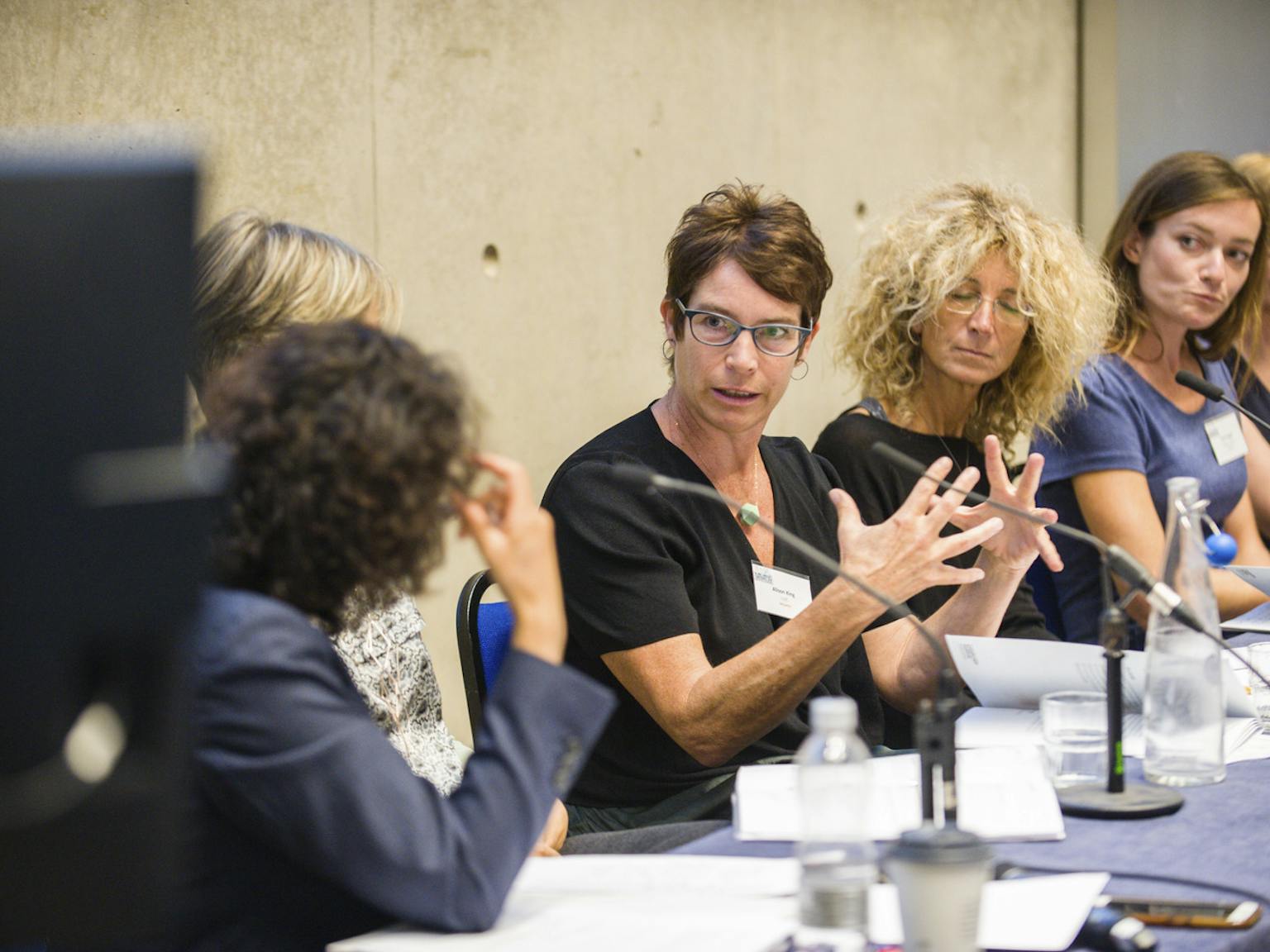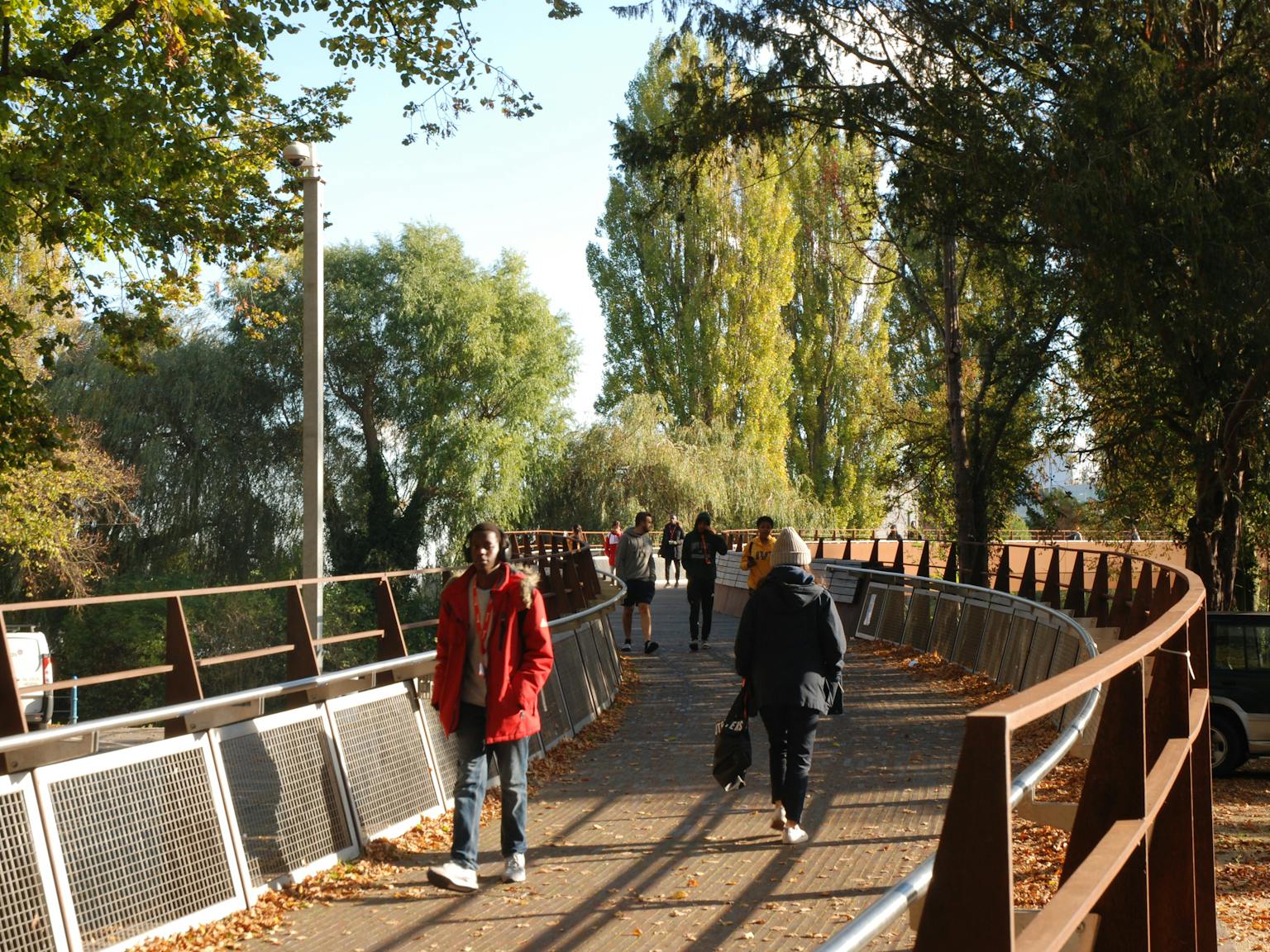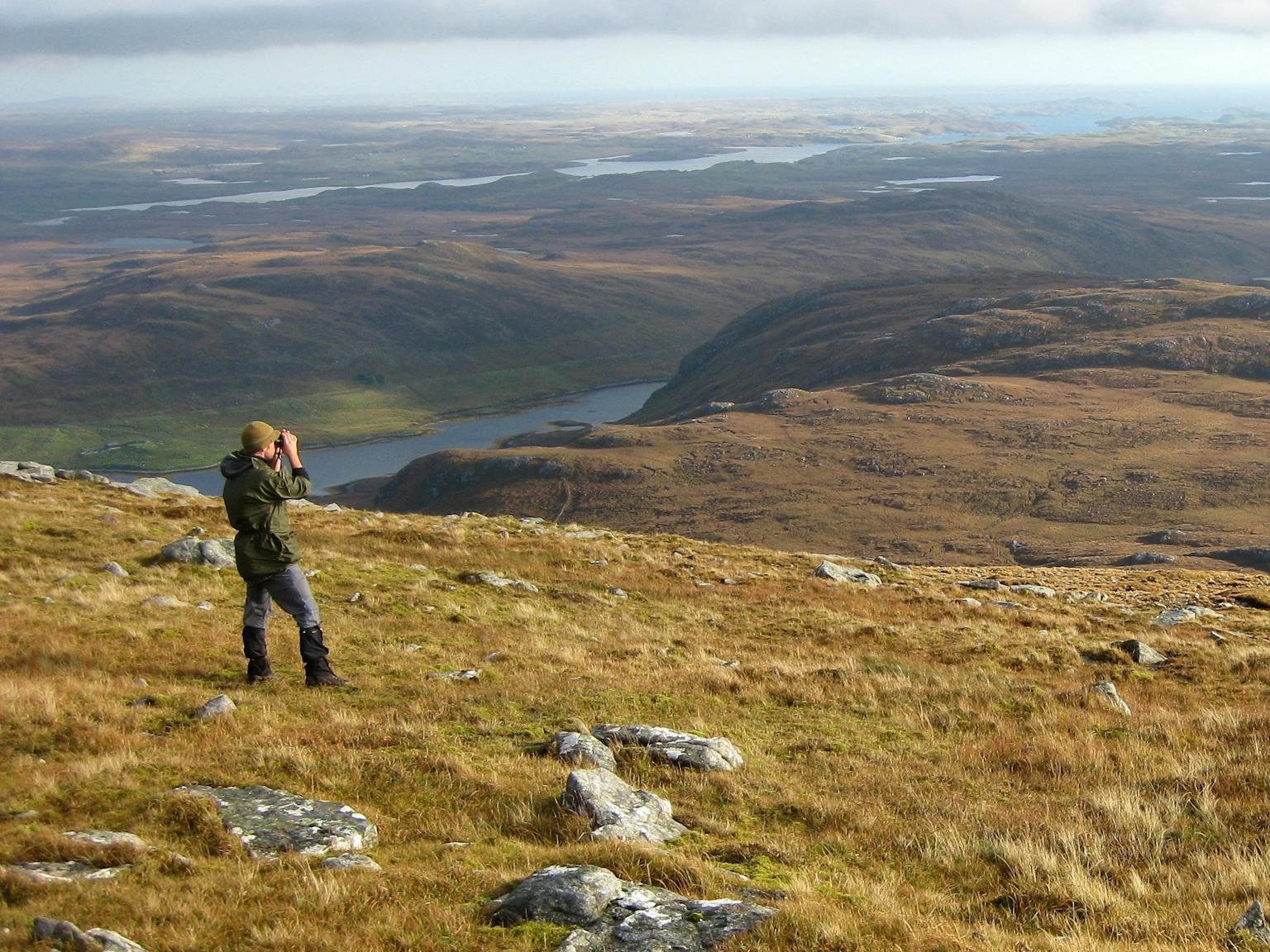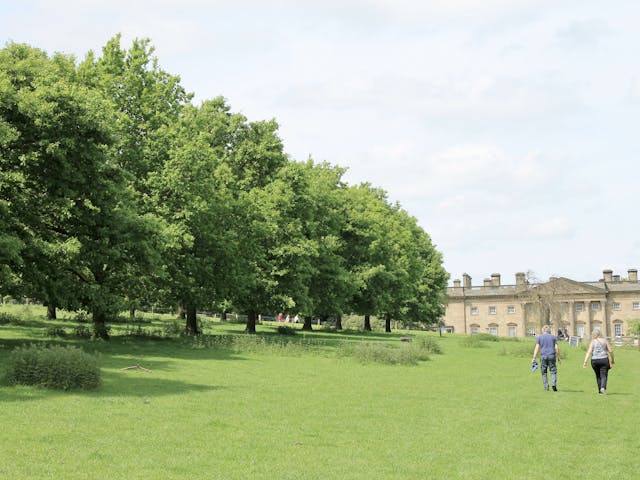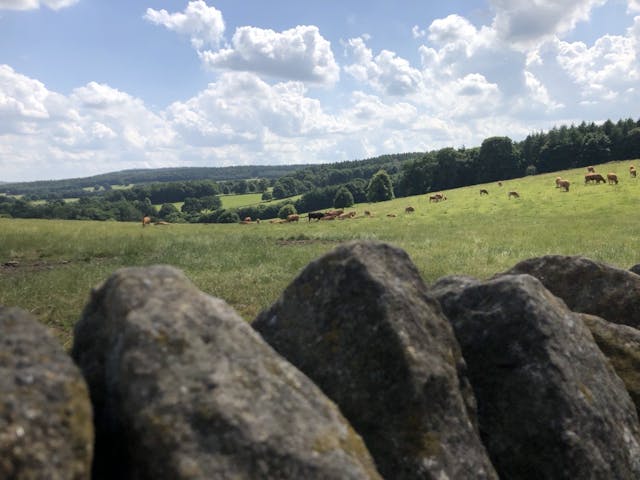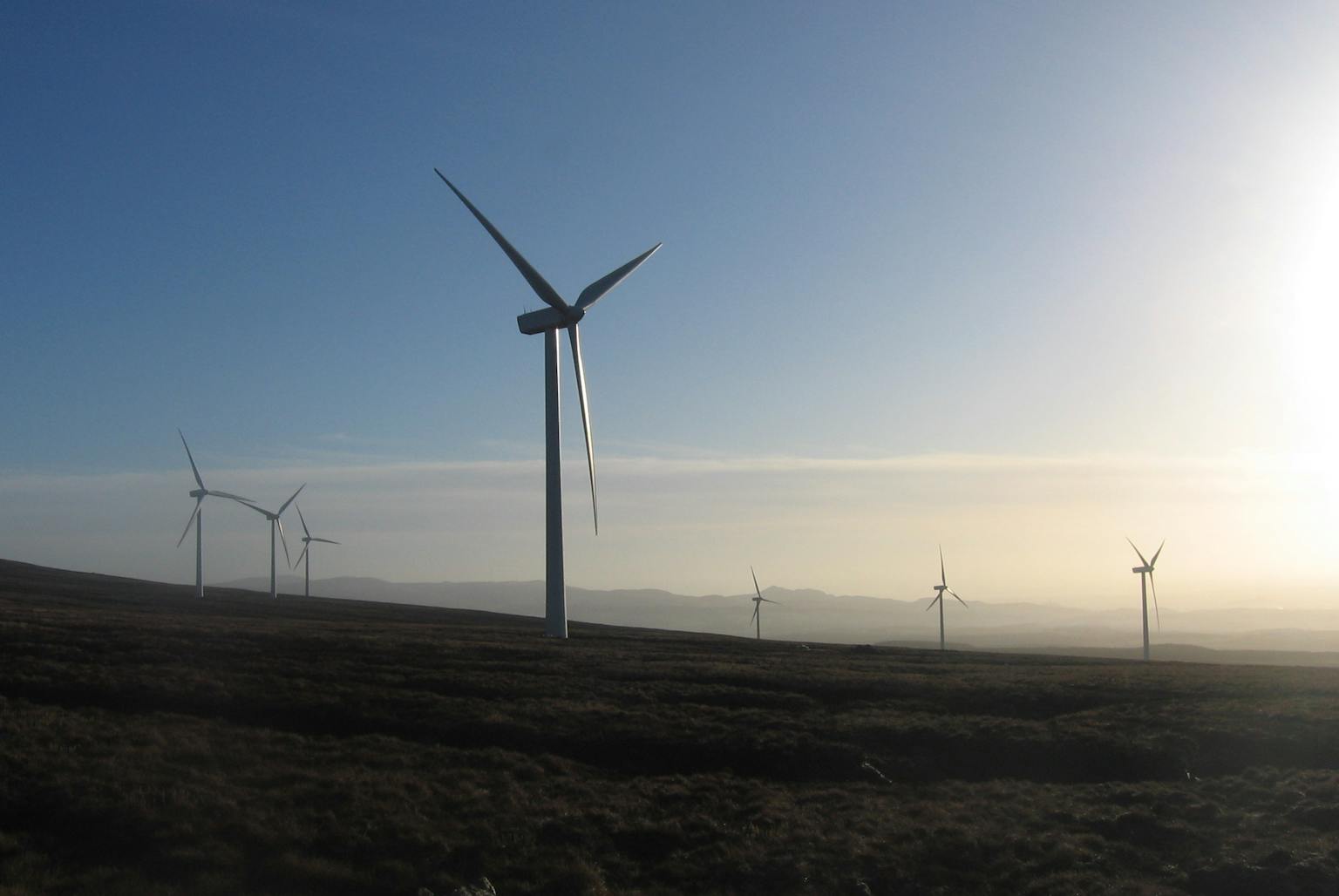
Meeting the challenges of ScotWind – Seascape, Landscape and Visual Effects
The result of the ScotWind leasing round is due to be announced in January 2022. The outcome could see the development of offshore wind farms across up to 15 sites in Scottish waters.
There are many barriers to the successful development of an offshore wind farm, and the importance of landscape and visual concerns should rightly be weighed against the contribution that renewable energy can make to the climate emergency. However, ScotWind will present new challenges for assessors and regulators to consider.
To date, offshore wind farms are only present at scale in the Moray Firth, with smaller test sites and early construction just beginning on the east coast. ScotWind could see new wind farms around the whole of the east coast, as well as in new areas to the north of Scotland, the west coast and Shetland.
In the main, discussion of environmental issues has focused on the effect on seabirds and fisheries. Impacts on seascape, landscape and views have been considered to some extent in the selection of the ScotWind sites leading, for example, to an area in the Solway Firth being omitted. However, the potential scale of development could result in changes to the valued coastal landscapes and views around Scotland.
Several of the ScotWind sites are well off the coast, in some cases over 70km, and wind farms in these sites will barely be visible from shore. However, most are within 30km, which is the maximum distance at which significant effects on landscape character have been noted for previous wind farms. Some of the sites are within 10km of the coast. Future turbines are likely to be much larger, potentially up to 400m, perhaps increasing these effects on coastal landscapes and views.
Scotland’s most valued landscapes are recognised as National Scenic Areas (NSAs), and almost three-quarters of NSAs are coastal landscapes. Most of the ScotWind sites are sited well away from the NSAs, but those along the north and west coasts may lead to conflict with these designations. Another potential issue for north and west coast wind farms is the interaction of offshore wind farms and associated lighting with Wild Land Areas.
In England, an extensive project of seascape assessment has been completed by the Marine Management Organisation at a national scale, and a similar project has been undertaken in Wales by NRW. These studies were prompted by the Marine and Coastal Access Act 2009, and subsequent UK Marine Policy Statement (2011), which established the statutory requirement to consider ‘seascape’ in the UK’s marine planning process. In Scotland, no national programme of seascape assessment has been carried out, and instead, this must be carried out as part of impact assessment for individual developments.
The cumulative effects of offshore development may depend on the size of the turbines proposed. When seen alone, the scale of offshore turbines is hard to judge. But the juxtaposition of 200m turbines and 400m turbines in the sea view, with no topography to hide the difference, could lead to strong visual contrasts. The concentration of schemes along the east coast will be the focus, but the interaction of offshore wind farms with onshore turbines may also raise concerns.
LUC’s experienced landscape planners are well-versed in these issues, having undertaken Seascape, Landscape and Visual Impact Assessments (SLVIA) for some of the UK’s largest and most innovative offshore renewable energy projects. We advise both developers and regulators alike on seascape and visual sensitivities, the nature and extent of effects, as well as how they might be reduced. Layout, alignment, height and lighting are considerations, as are the relationship turbines may have with coastal features, and the way they will be experienced in views. Onshore effects associated with converter stations and cabling also require expert landscape planning advice in order to understand sensitivities and to help reduce effects.
To discuss LUC’s expertise in advising on offshore renewables, including offshore wind farms, please contact Paul Macrae.


